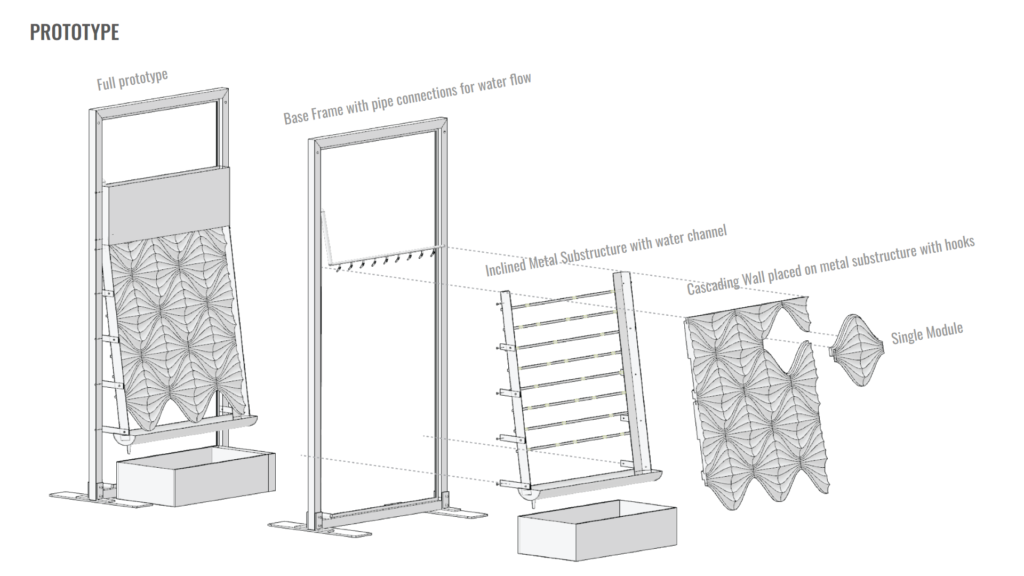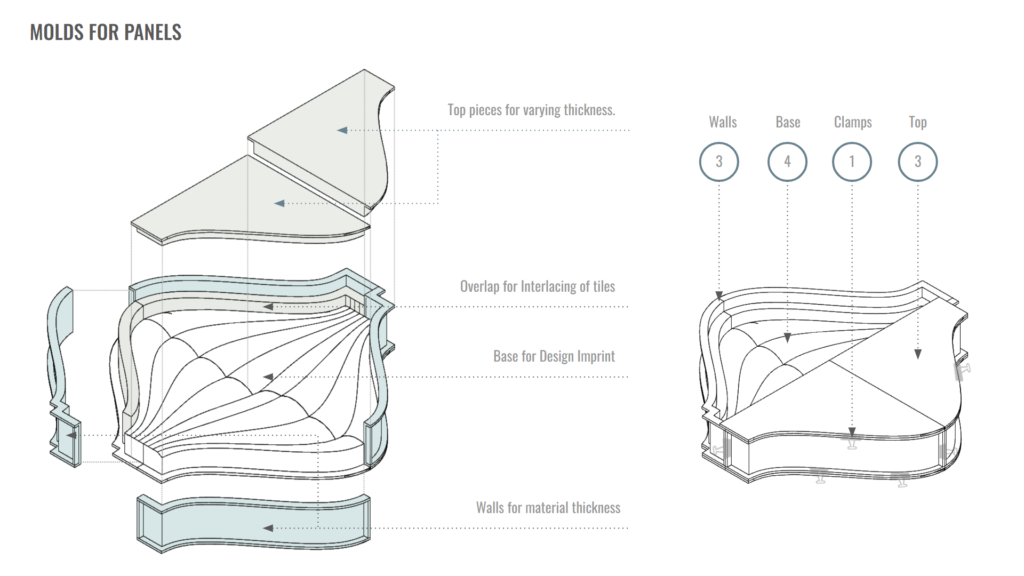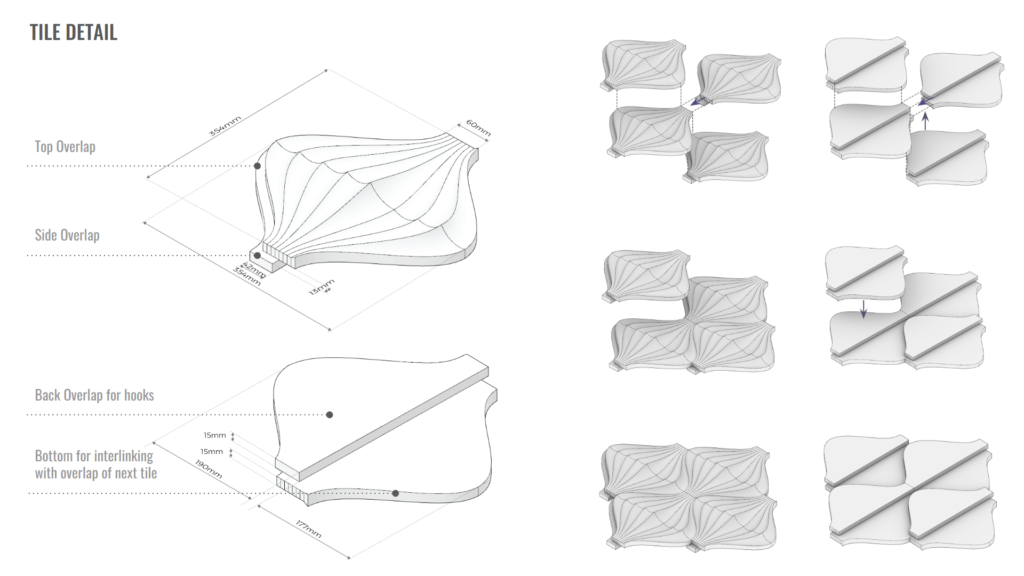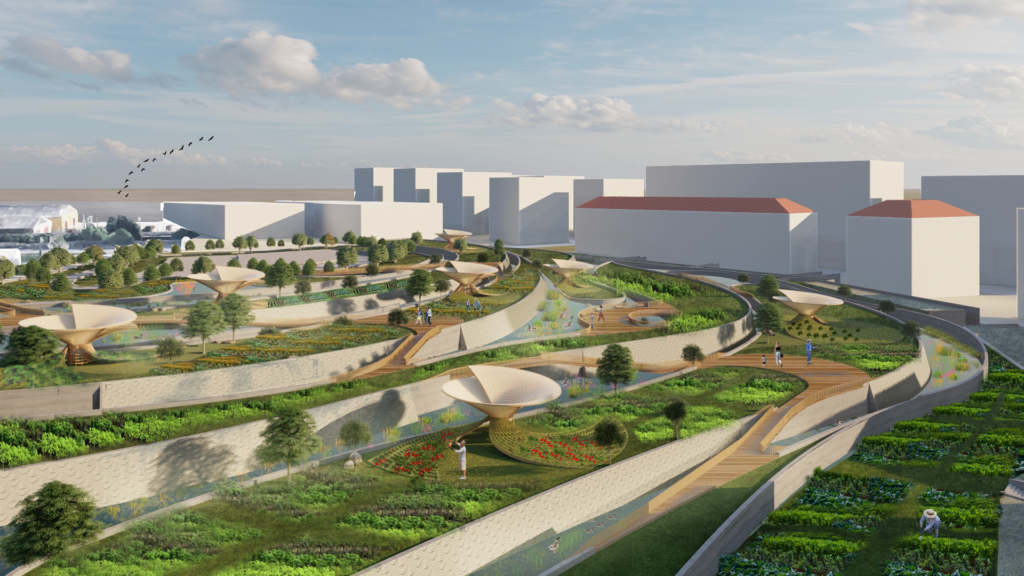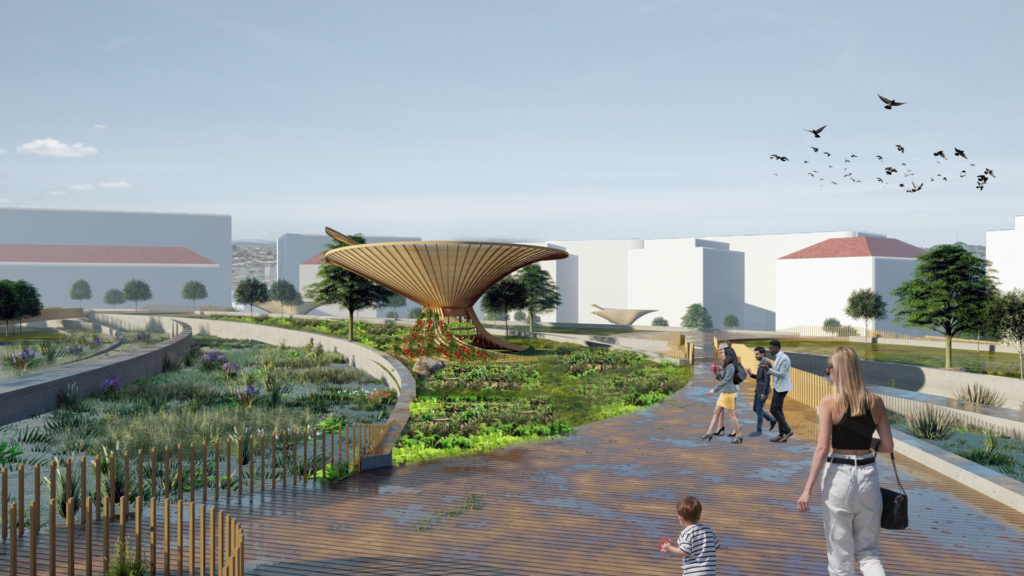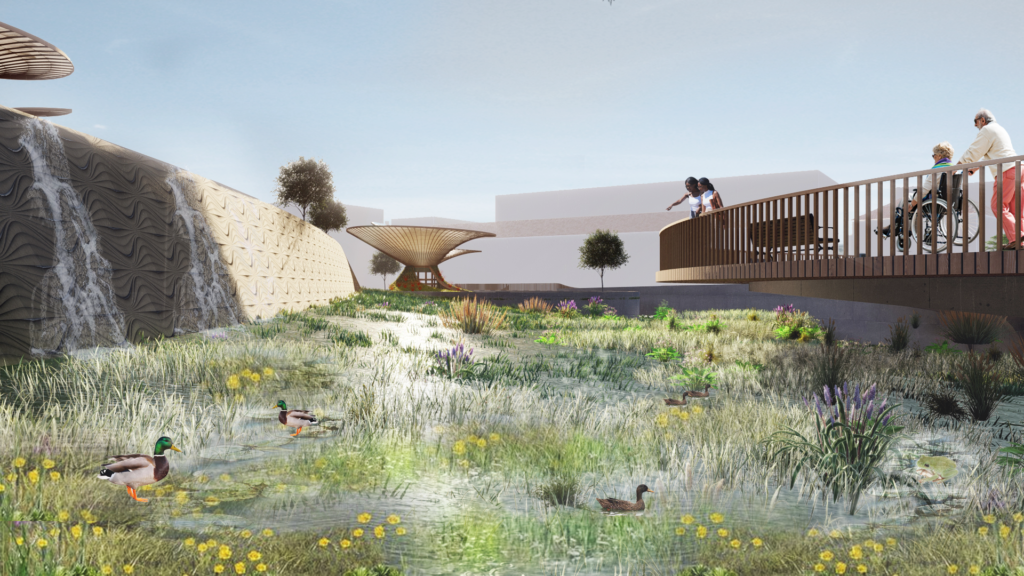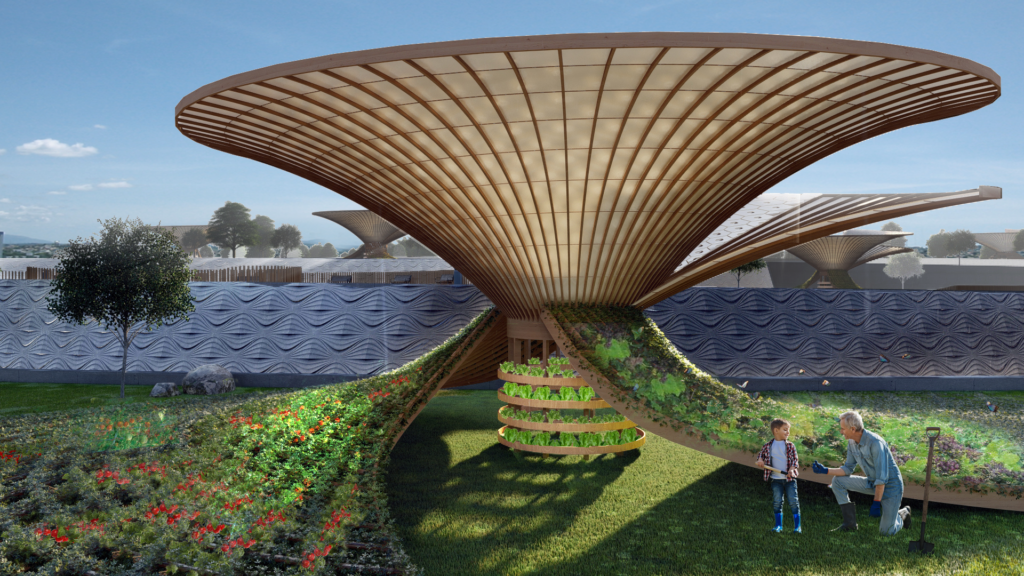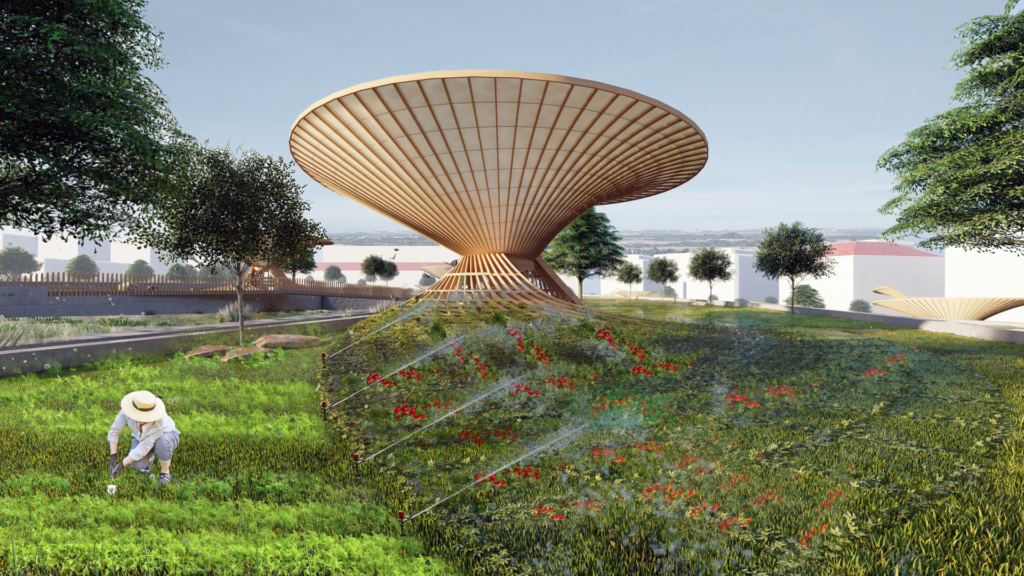Re-imagining Food Production through Bio-Based Water Treatment Infrastructure

This project was developed during the Digital Matter Research studio, in which It was first identified a waste stream in which the material could be upcycled to a building material, and then developed a project of design in many scales that had a bottom-up approach, having the material was the starting point. The waste stream identified was the Mussel shells waste, an abundant material in Spain – the second biggest producer of the world – and the ways to upcycle it was by creating a new building material that uses the Shells powder as a base, and the extraction of chitosan – a biopolymer known for its water filtration properties – as a coat for grey water treatment in the urban environment.
One of the issues we also identified in this project was the water stress and its consequences to the food production sector. Our project has the goal to change the relation between food production, water management and communities, and start seeing water as abundance, not scarcity. We propose to create a self sufficient landscape infrastructure, that improves the built environment through designs inspired by nature, and that takes advantage of novel solutions regarding greywater treatment, upcycled bio-based materials, and computational design optimization. A space where we can harvest food, energy, water and most importantly, community.
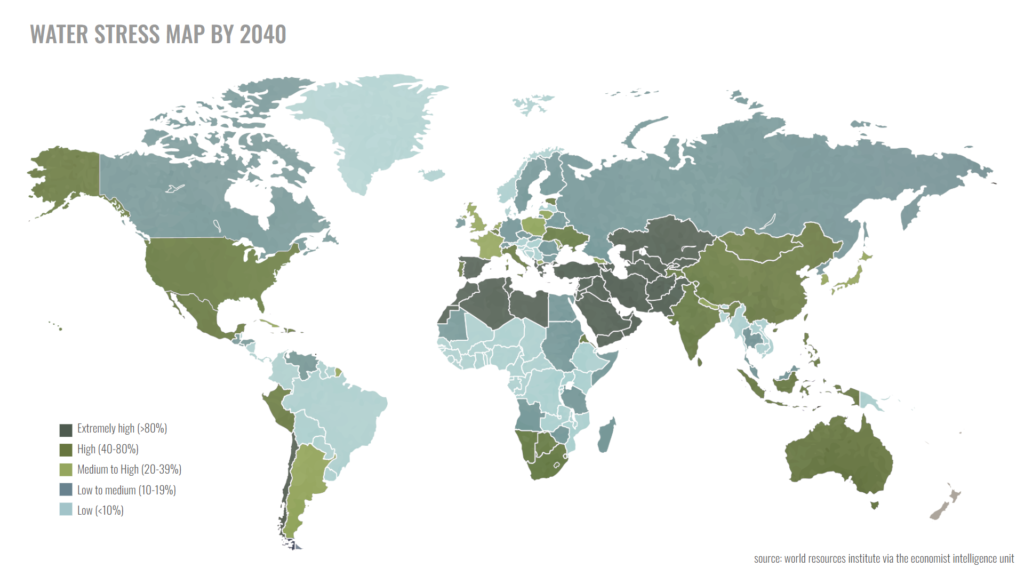

In the side image there is the Water stress map by 2040 and It shows that around 33 countries around the world will suffer with severe water stress. One of the concerns that comes with this, is how to feed a growing population when water plays such a vital role in food production. Today 70% of all water use goes to agriculture irrigation. These production systems not only are a direct factor to water stress, but they also have a huge environmental impact.
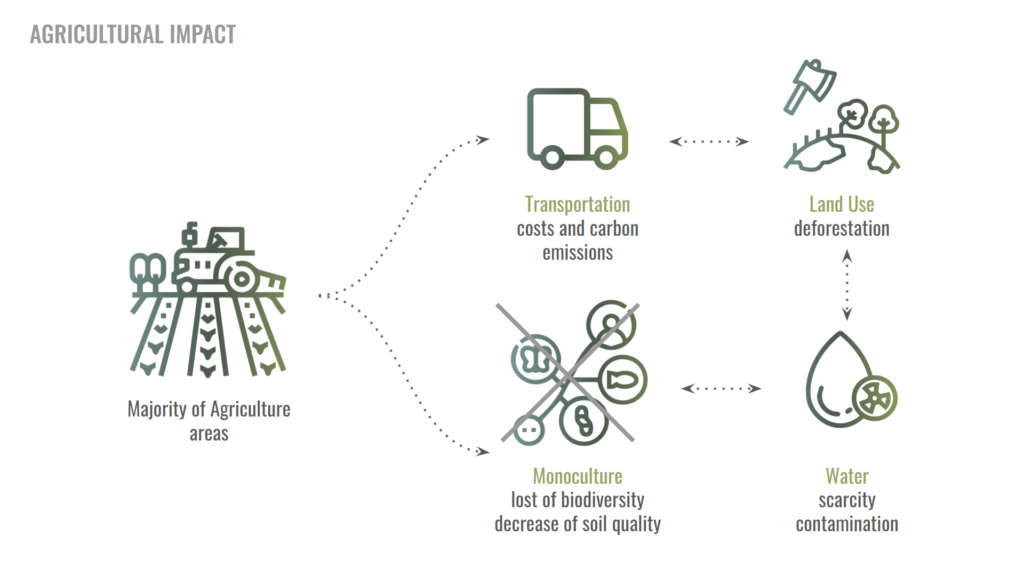
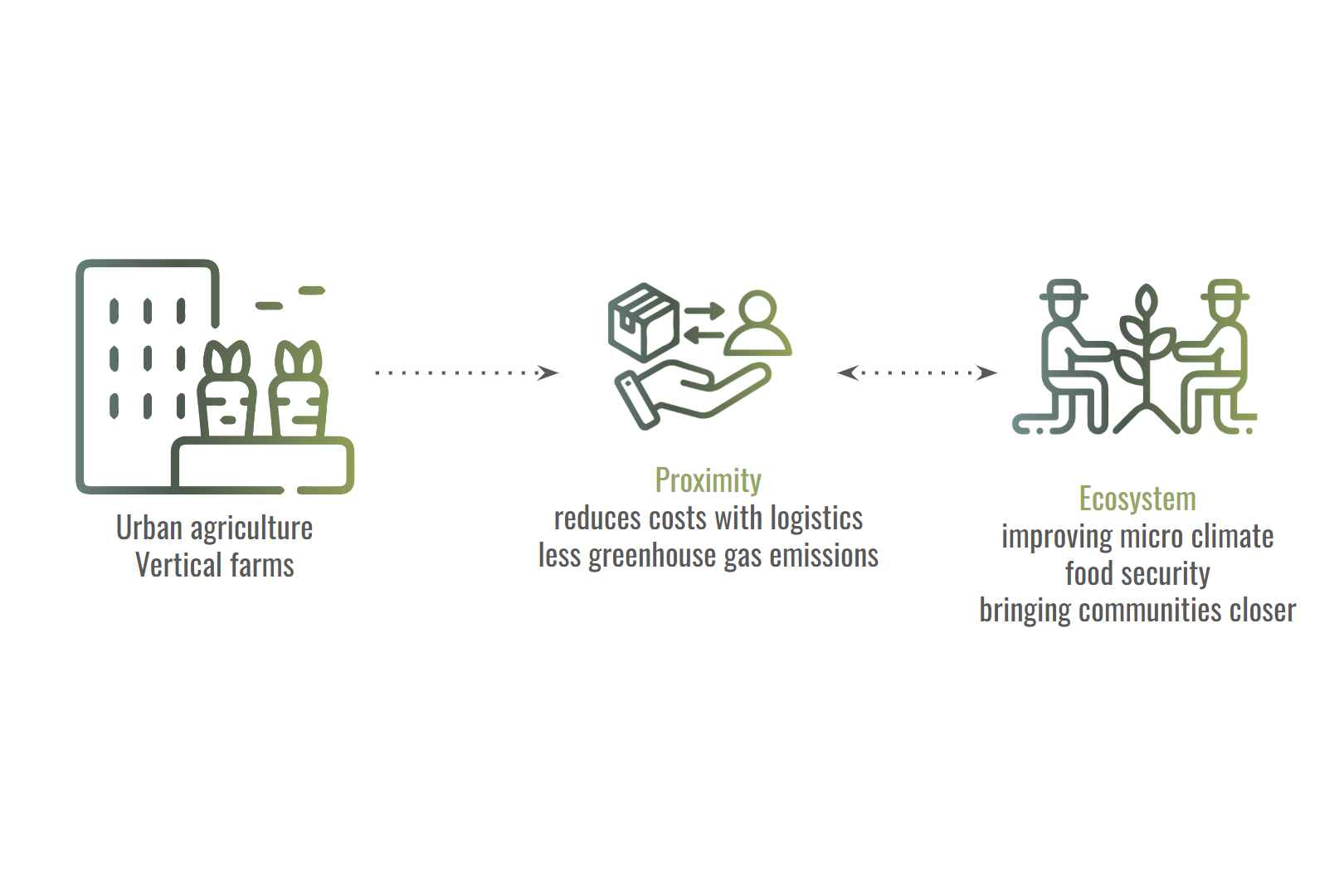
New ways of producing food are emerging, such as urban agriculture and vertical farms, they bring production closer to the consumers, and help tackle issues such as minimizing costs and gas emission with logistics, improving micro climate, helping food security and bringing communities closer, but the water supply is still a challenge. Some studies have shown the potentials of filtering household’s greywater, an abundant source that comes from sinks, showers and laundries, for irrigation. Many constituents of greywater are beneficial for crops, such as nitrates and phosphates but many others are not. So novel solutions such as chitosan and constructed wetlands are being tested as filtration methods. We propose to create and integrated system that allies chitosan as a 1st step for filtration and wetlands as a second one.
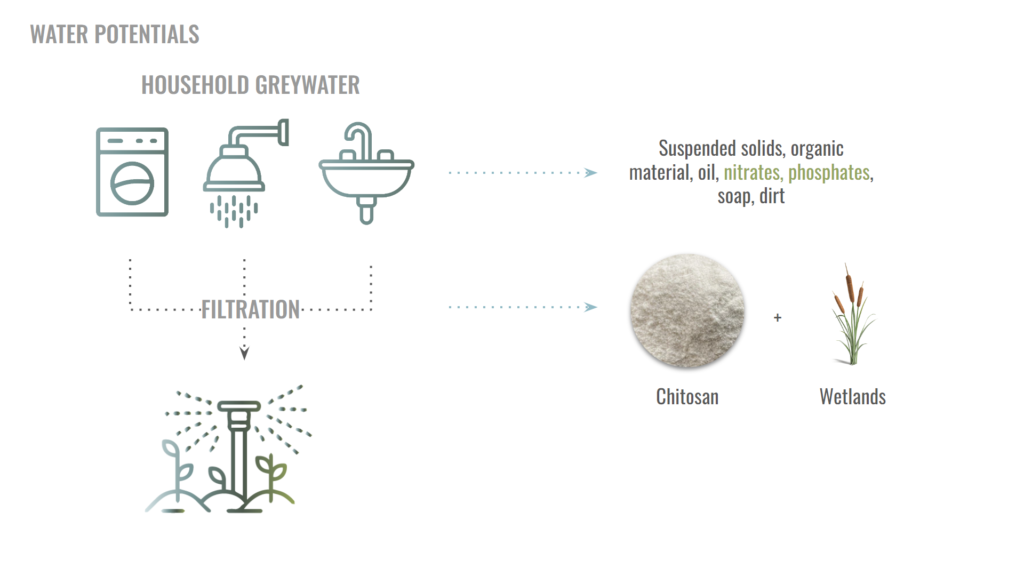
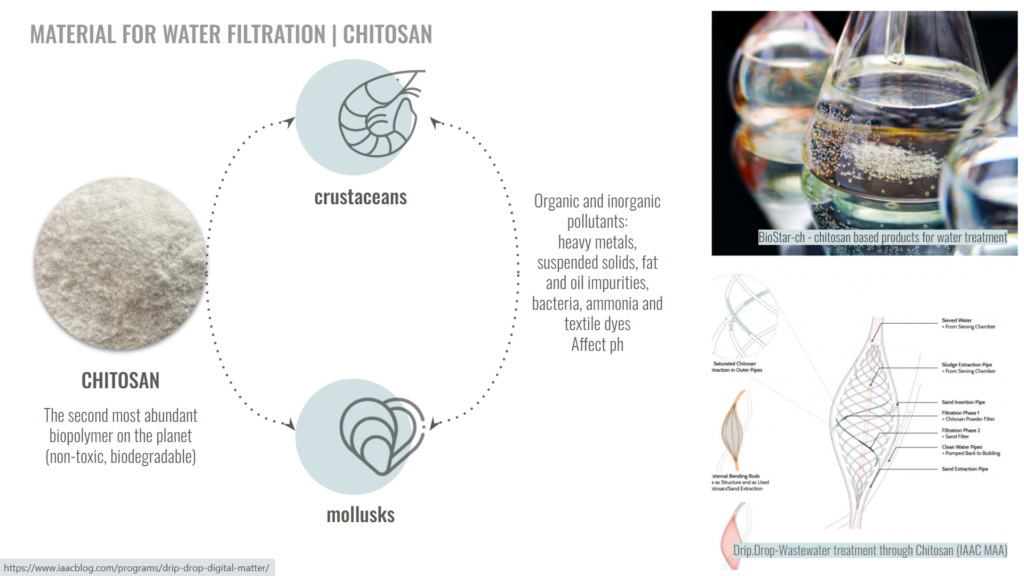
Chitosan can be extracted from the skins of crustaceans and shells of mollusks, and Spain is on of the biggest mussel shells producers in the world, creating the opportunity of using this waste stream as a source of chitosan. We can then upcycle it to a building material that is completely biodegradable and after its lifespan can be used as fertilizer for crops.
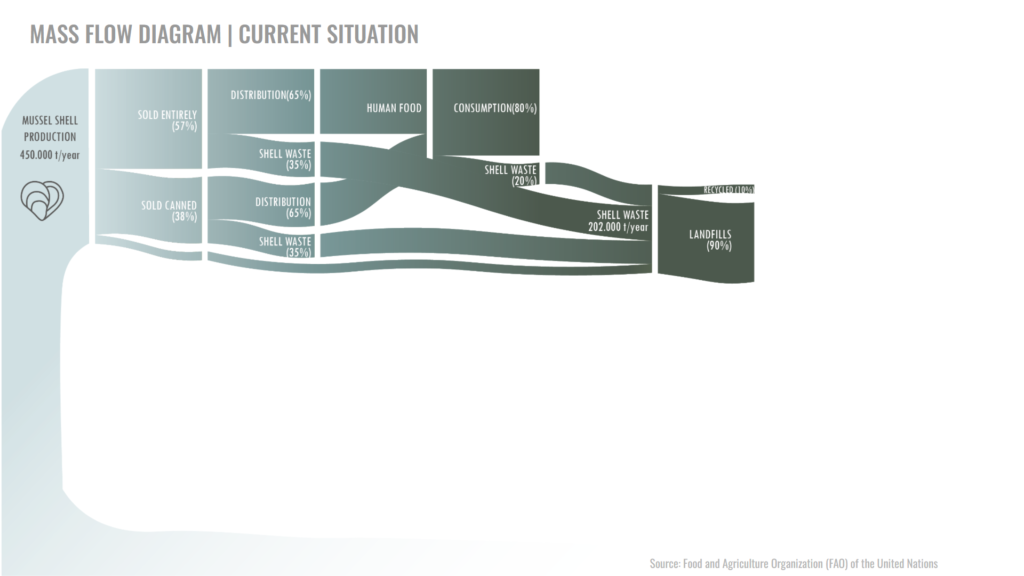
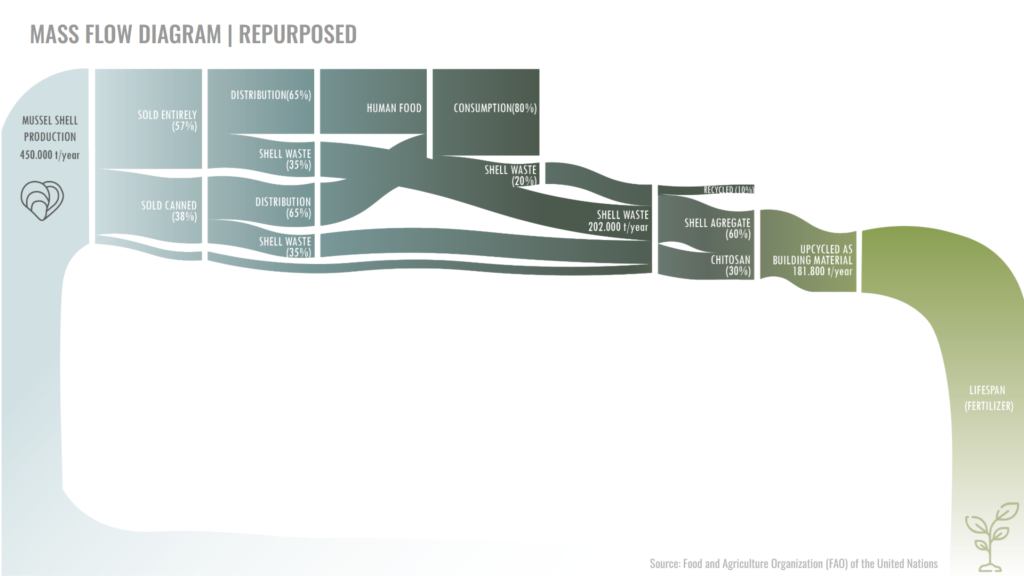


Filtration tests were also conducted to see which constituents of grey water our novel material could filter


And the conclusions from them resulted in ph change, absorption of dirt and suspended solids through optimal time of the water on the surface and cascading systems. This led to the parameters for design:

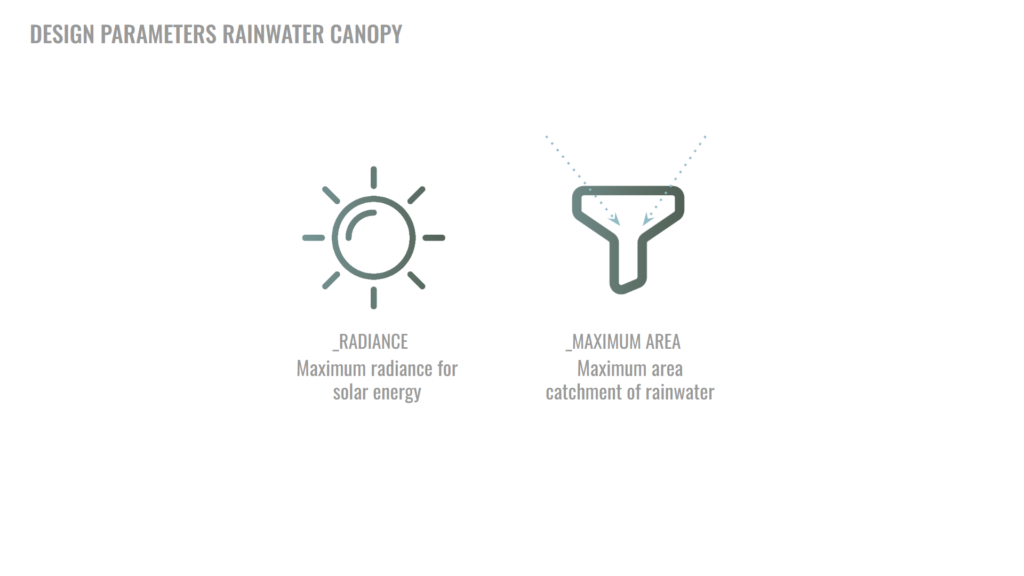
And possible design applications having the unit of the design a tile:
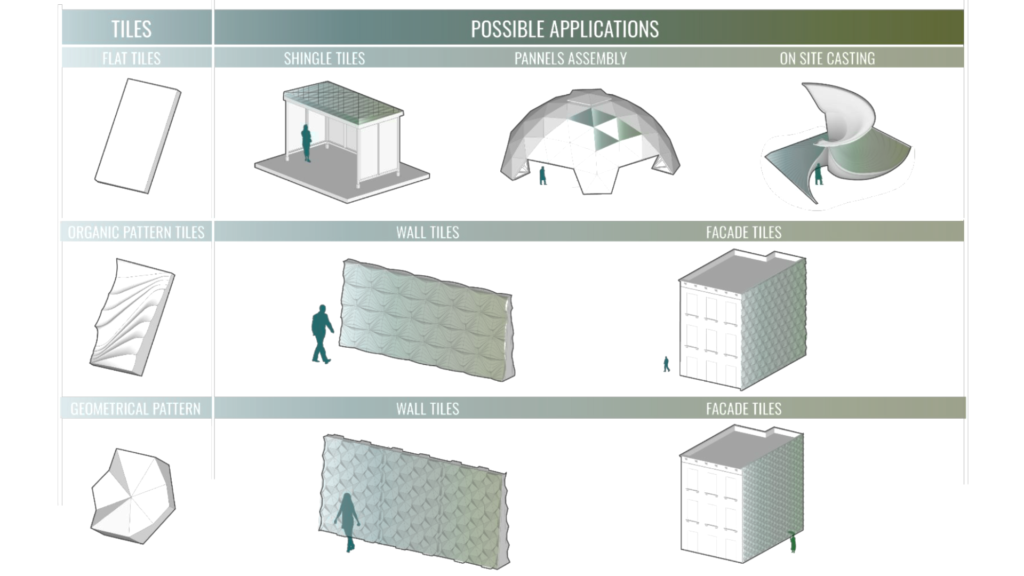
We then selected a site to showcase the potentials of the system developed. For this, It was chosen the Spain – a country that suffers with water stress -, more specifically the region of Galicia – from where we source our waste material from the canned industry – and has abundance of our material. The biggest city of the region is Vigo.


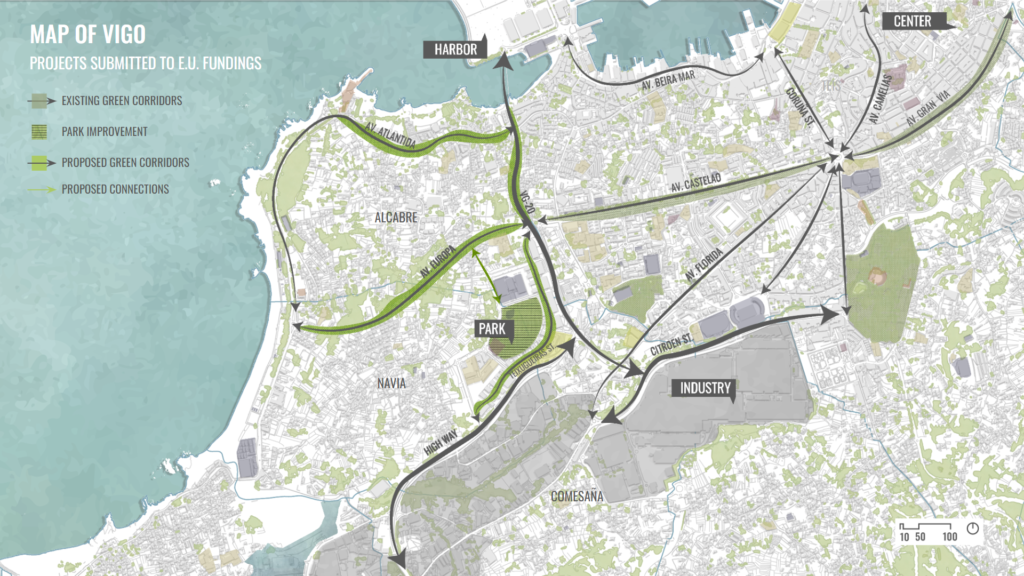

It was done an analysis of the city, and selected a specific park for intervention, where the municipality has plans for improvement and where there is a pre existing community garden. The site has many interesting features such as many slopes, and many community uses in the nearby context which could provide greywater for filtration in the landscape.
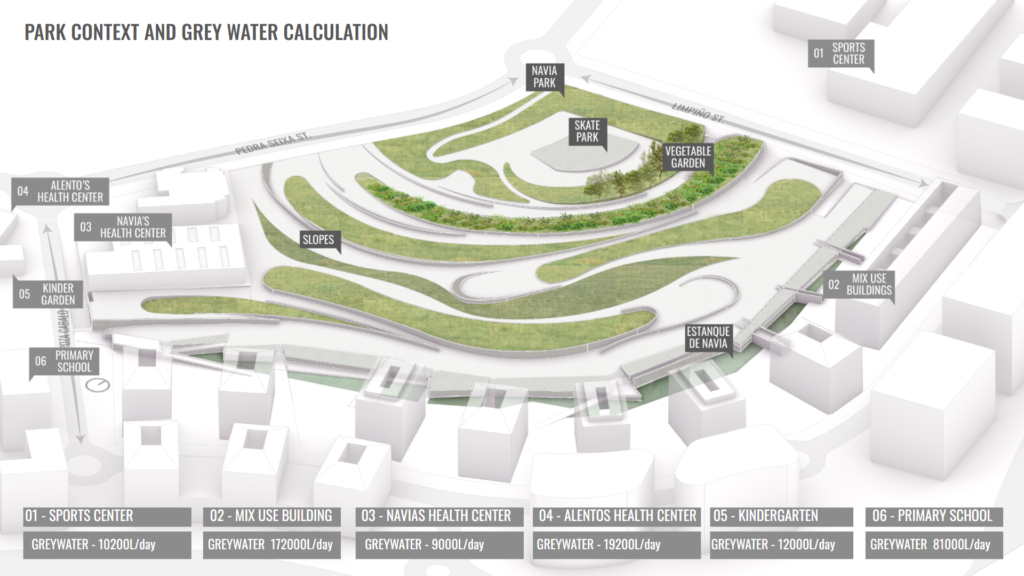
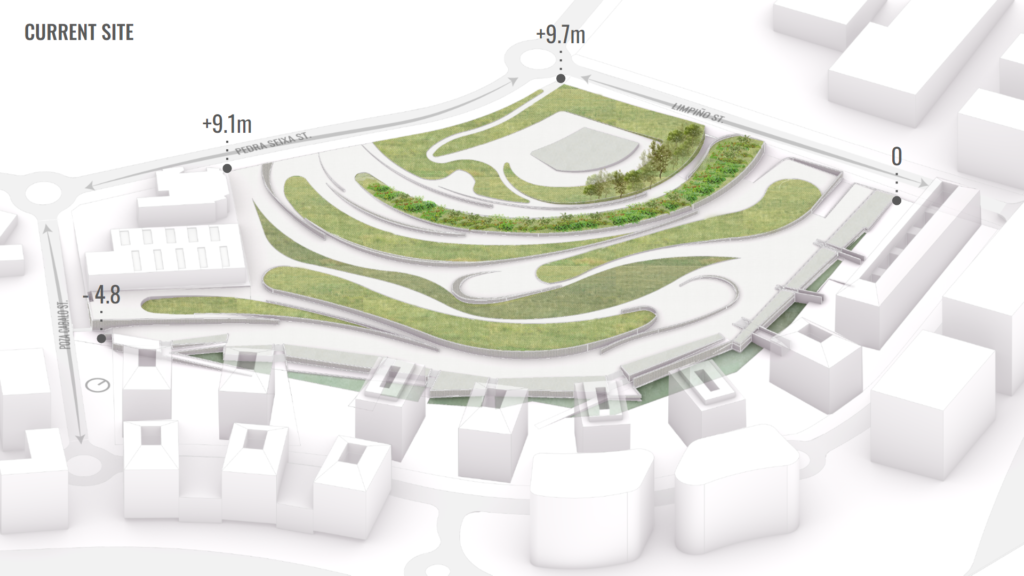
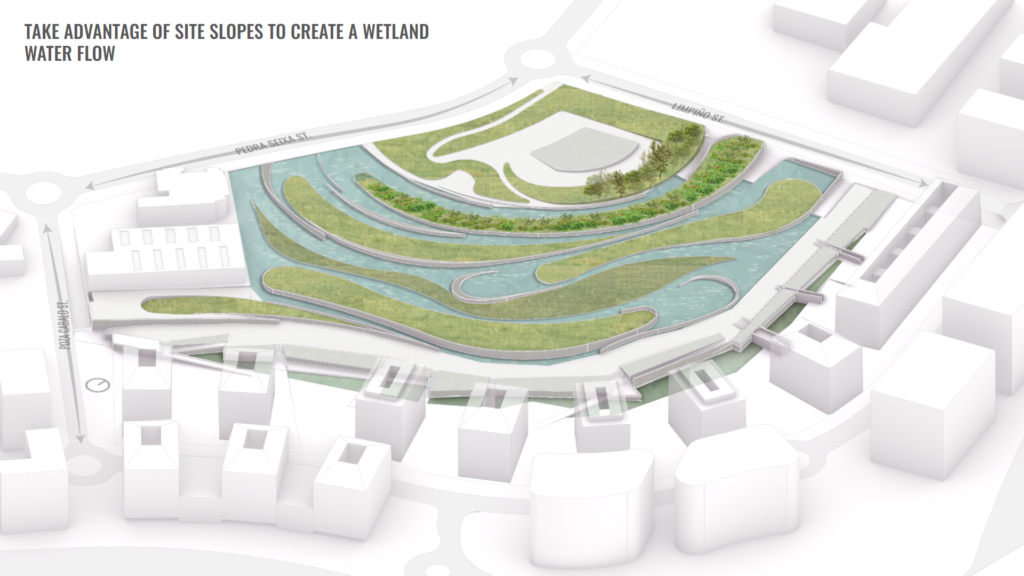
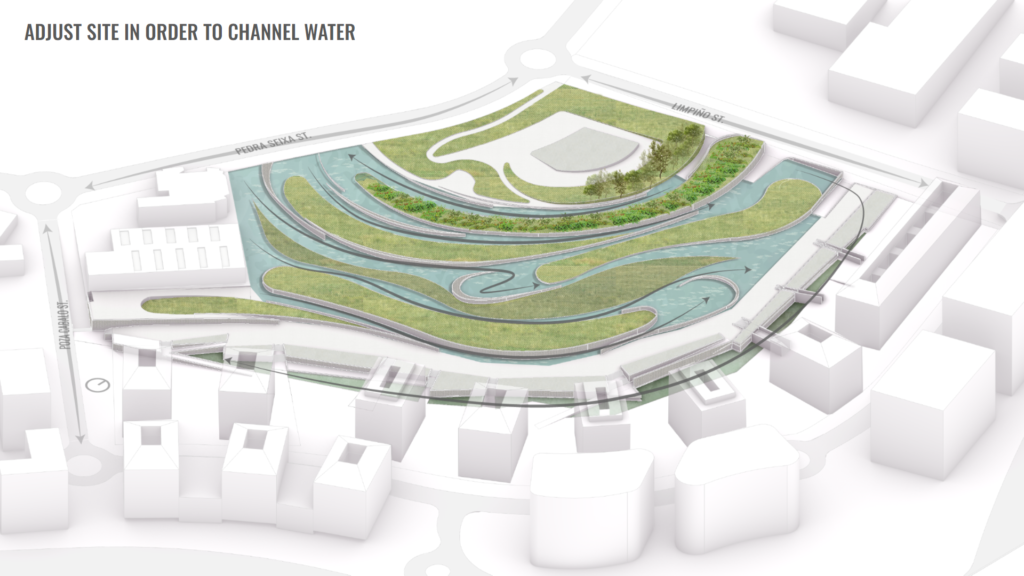
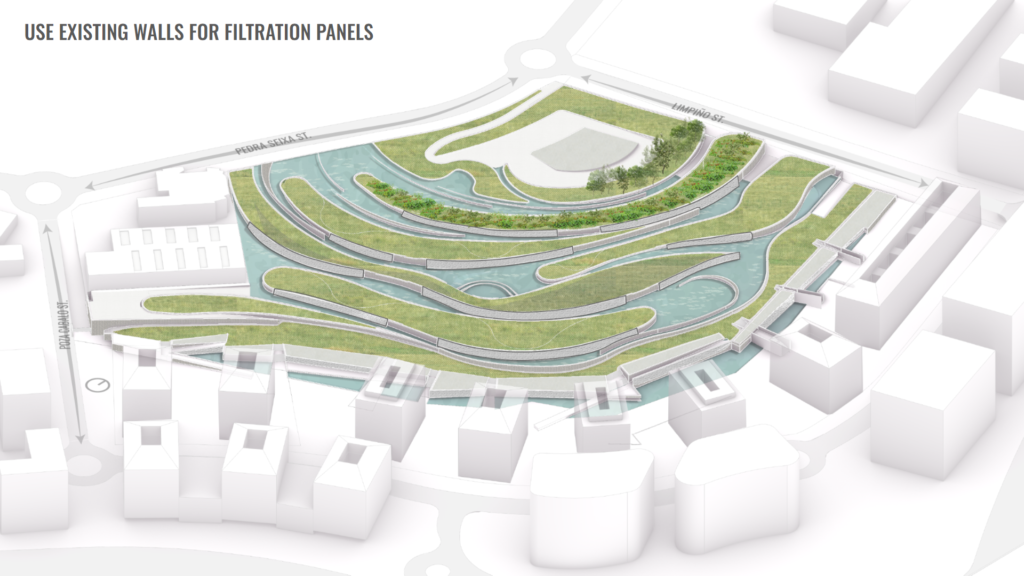
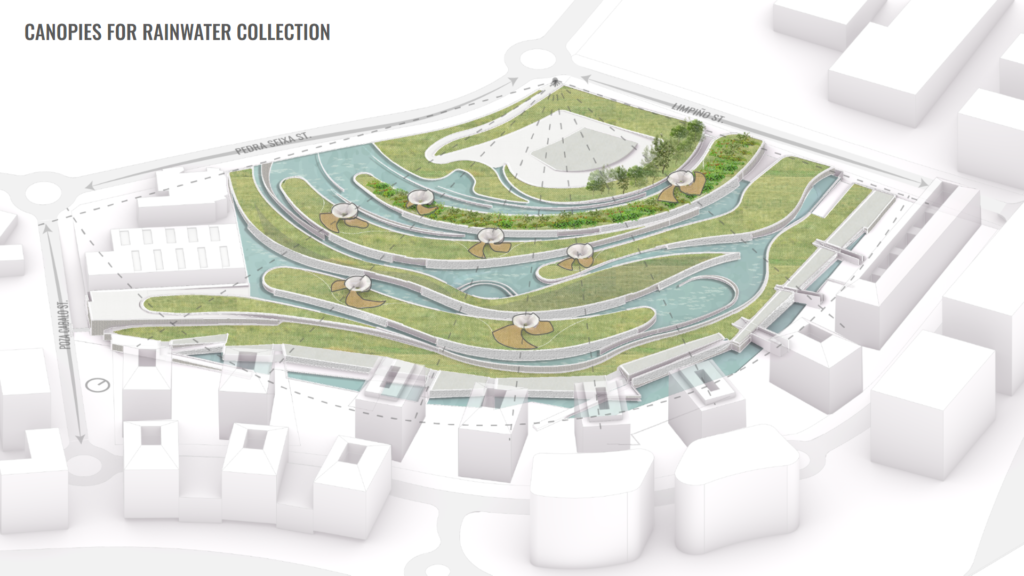
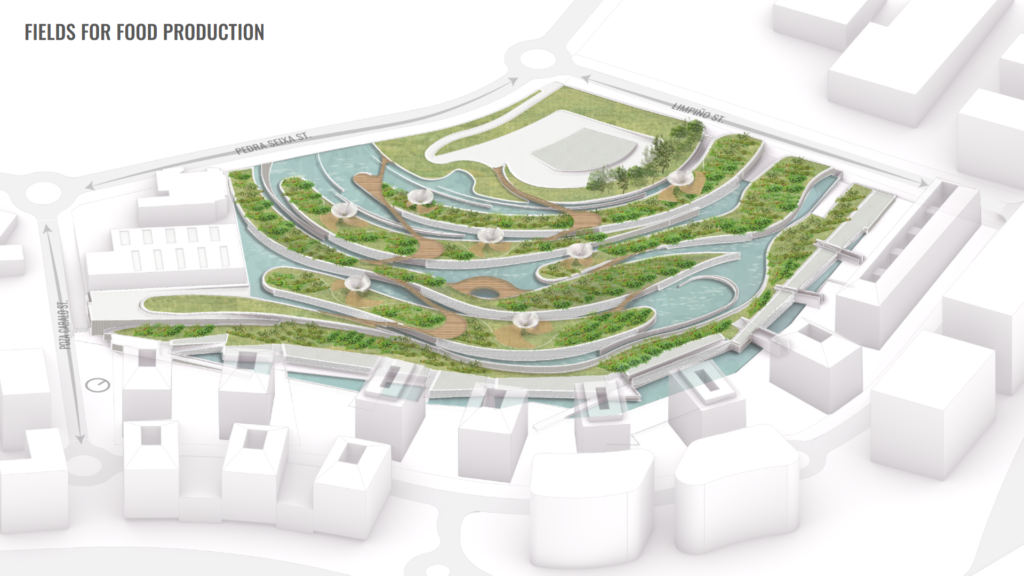
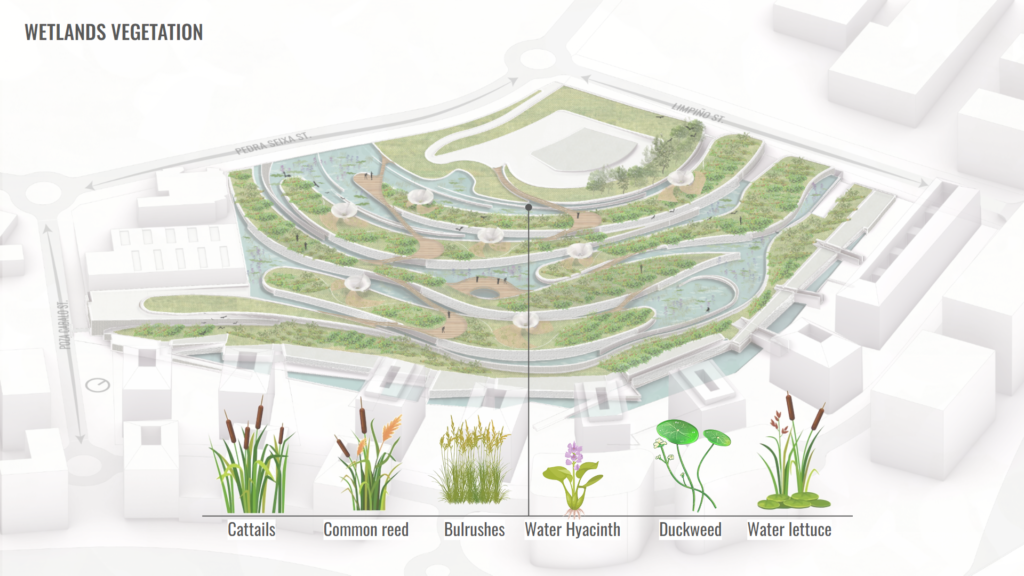


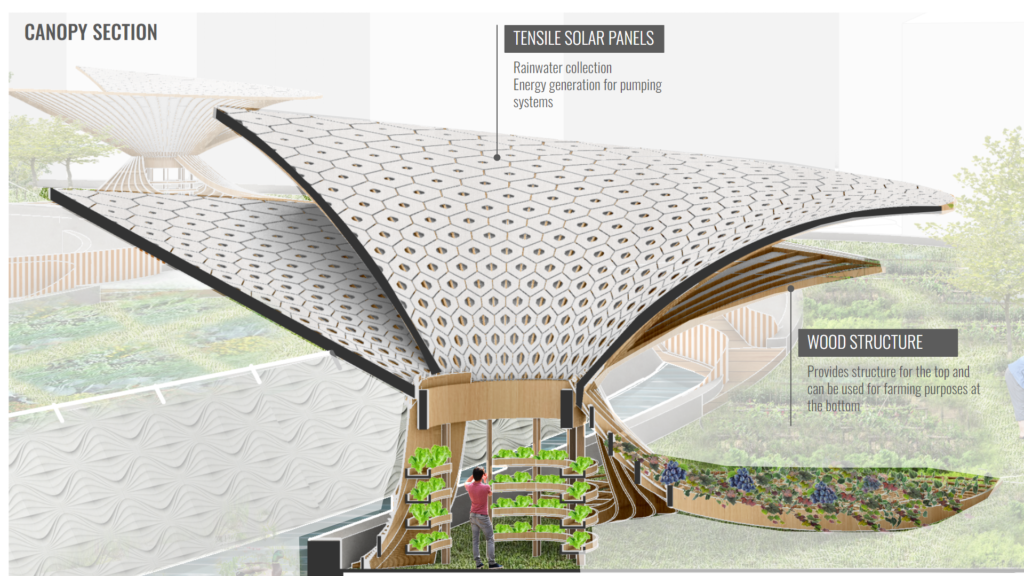
Optimization for radiance

